Global soybean production has increased from 30 million tons in 1965 to 270 million tons in 2005, according to the Chicago Board of Trade. Soy is used in wide variety of foods including breakfast cereals, biscuits, cheeses, dairy desserts, gravies, noodles, soups, and sandwich spreads. Soy is also used to boost the protein content of processed meat products. Over 60% of all processed food contains soy.
Soybeans were originally used in China as a green manure to fix nitrogen into the soil. The Chinese did not use it as a food until they learned how to ferment it. Traditional fermentation reduces the isflavone levels two to threefold. The people in China and Japan historically sued small amounts of fermented soy in their diets. In comparison, Westerners who eat veggie burgers made of tofu and drink soy milk are getting over 100 grams/day of raw, unfermented soy. In addition, much of American grown soy, which is bio-engineered, has significantly higher levels of isoflavones than do the traditional Chinese and Japanese strains.
So what is the problem? Soy is suppose to be good for you. Well maybe not. Tomorrow I’ll review some of the concerns that too much soy is not good for the body.
Terry Pfau, DO, HMD
